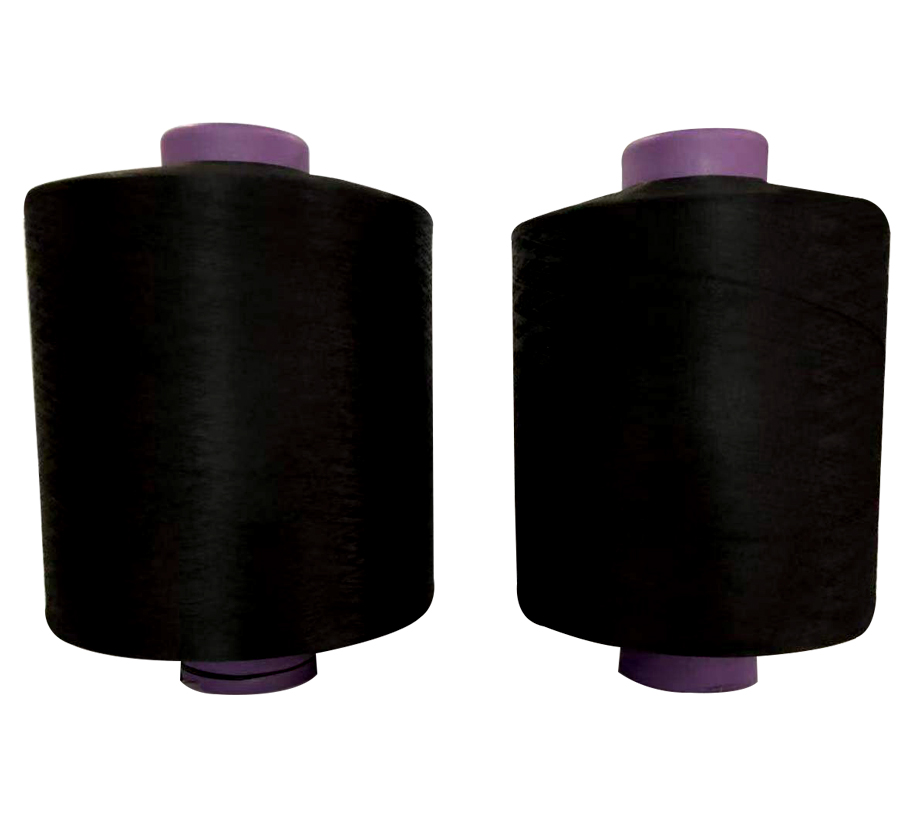Sustainable 300D/96F RW HIM 99.99% Polyester Yarn for Embroidery Material: 99.99...
See DetailsEvenness of yarn, sliver or roving is the uniformity of thickness or quality in shorter segments along the axial direction. The quality of textiles is closely related to yarn evenness. If the yarn evenness is not good, the strength of the yarn will decrease and affect the strength of the fabric. When weaving with spun yarns with uneven evenness, various defects and streaks will appear on the fabric, which will affect the appearance quality.
Impact on textiles
When the uniformity of the semi-finished product decreases, the uniformity of the spun yarn also decreases; if the spun yarn is not even well, the strength of the yarn will decrease and affect the strength of the fabric. When weaving with uneven spun yarn, various defects and streaks will appear on the fabric, which will affect the appearance quality. Knitting production requires stricter yarn uniformity than woven production. In the knitting process, uneven spun yarns or yarn defects will damage the normal loop-forming process and sometimes cause needle breakage. In the manufacture of tire cord, excessive unevenness of the spun yarn will cause adjacent yarns to entangle with each other, thereby affecting the processing process and product quality. In addition, the unevenness of the spun yarn will increase the yarn breakage rate of spinning and weaving, and even reduce labor productivity.
Causes of unevenness
1) Differences in the properties of fiber raw materials
Due to the difference in the properties of fiber raw materials, the yarn is uneven. Various natural fibers have unevenness in length, linear density or other properties, and they will cause differences and form unevenness through the same mechanical and technological processing.

2) Random arrangement of fibers
The yarn is uneven due to the random arrangement of the fibers. According to the principle of short fiber spinning, the ideal yarn can be assumed to be composed of fibers randomly arranged. This randomly arranged yarn has a certain unevenness, which is called random unevenness. The value is equal to the average number of fibers in the cross section of the yarn. The square root of is inversely proportional, and random unevenness will increase when the number of fibers is small.
3) Poor selection of spinning process parameters
The yarn is uneven due to poor selection of spinning process parameters. For example, improper selection of process parameters such as drafting mechanism gauge, pressure, etc., resulting in poor control of fiber movement, will cause details, thick sections, and uneven thickness.
4) Defects of spinning Machinery
Yarn unevenness due to defects in spinning Machinery. For example, eccentric rollers or rubber rollers, gear defects, etc., will cause the yarn to produce obvious periodic unevenness, often showing undulating wave changes. Shorter wavelengths are called uneven short segments, and long ones are uneven. Generally, the short-segment unevenness produced by the front spinning Machine, due to the longer draft, shows the long-segment unevenness in the yarn; the unevenness produced on the spinning frame is the short-segment unevenness.